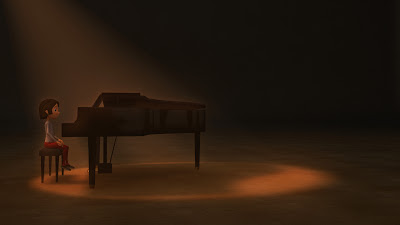Phenomenologists criticized positivism in four points:
-Value: neglecting subjectivity and excluding it from science is to ignore the most important quality of the world and human beings.
-methodological narrowness: the reductionist (reducing everything to numbers) is inadequate in describing the qualitative nature of science.
quantification: a lot of the important aspects of reality cannot be quantified.
abstraction: science imposes certain arbitrary theoretical standard on the infinite variety of the world which cannot be accepted for each individual and complex situation.
This approach in science requires human beings to separate themselves from all preconceptions and common sense notions in order to see phenomena as they are, considering the affective and intellectual consciousness (where if one decreases the other increases) . It is crucial to create balance between the two in order to study phenomena correctly. Since the usual approaches state that all data must be sensed with any of the senses and then reduced to numbers... For example, if you touch a table, you might say that it is soft of cold, but it's something that can describe anything else... therefore our senses are not reliable.
Relation of this school to my major project:
Even if this school is related to the sciences, it is applied in arts and design disciplines.
1- Animation is a form of visual communication and establishing communication and understanding between the audience and what is presented is very important. therefore the necessity to consider values, beliefs and motives.
2- Choosing this topic was partially because of my experience being away from home. Being away from family inspired me to come up with this film.
3- I think it's a common experience that I share with some classmates, and they will relate to it in some ways because they experienced it in their lives and they have strong feelings for their parents as well.
4- It also applies to a bigger audience, to anyone who had experienced loss, or being away from their kids...
References:
Younes F (1999). , Essay: The 21st Century Paradigm, presented at the “International Symposium: The Christian Humanism in the Encyclical Redemptor Hominis”, Saint John the Lateran Pontifical University, Rome, Italy.
available at: http://www.nextnature.net/2007/07/the-21th-century-paradigm/
















































